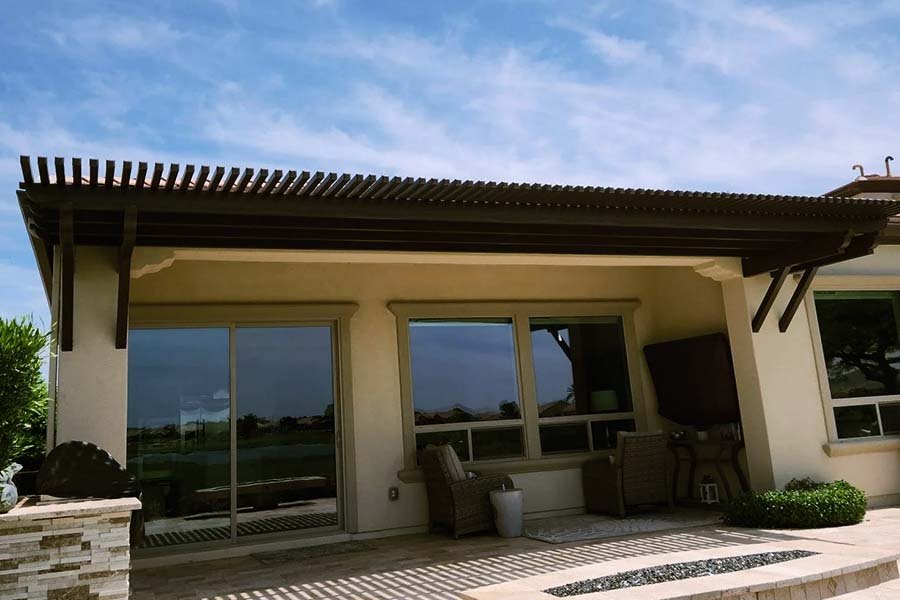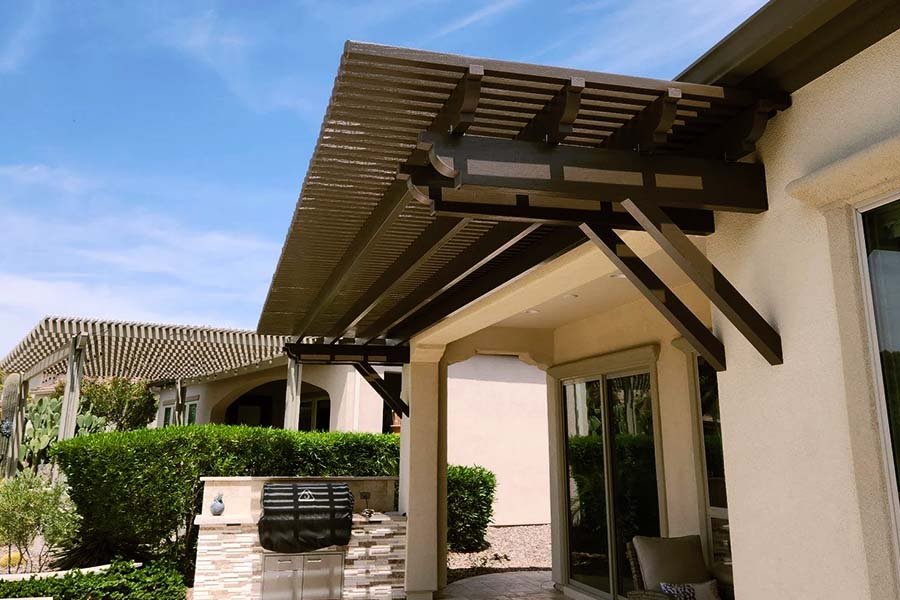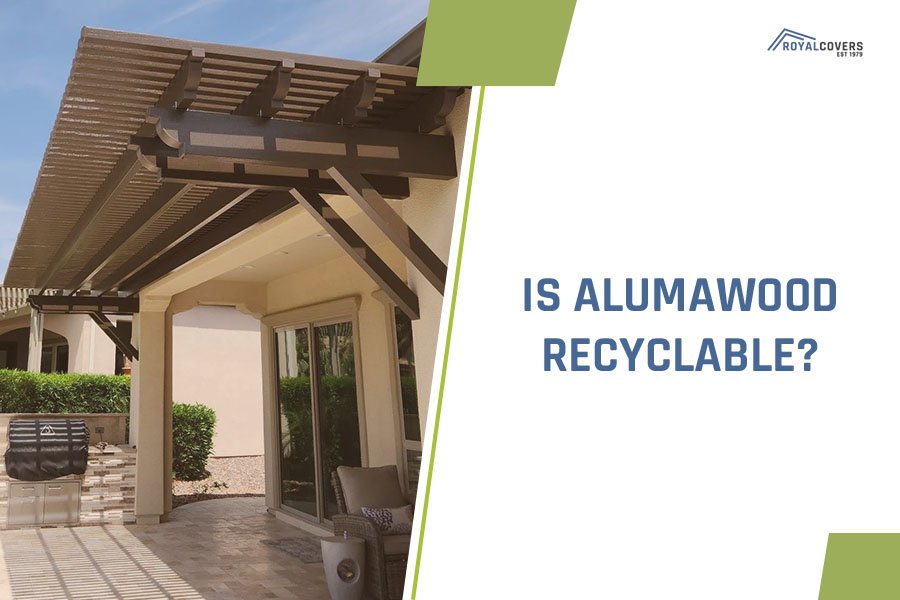Alumawood patios have gained much popularity in recent years. Their aluminum properties and wood’s unique appeal make them irresistible for homeowners looking to redecorate their outdoor space. However, as in other industries, environmental factors are also questioned within the patio market. So, is Alumawood recyclable?
Readers may learn whether Alumawood can be recycled through the sections below. Our main goal is to provide comprehensive information on the Alumawood’s life cycle and environmental impact.
Is Alumawood Recyclable?
Yes, Alumawood is recyclable. Alumawood is a brand name for aluminum patio covers that mimic the look and feel of natural wood. Aluminum, the material Alumawood products are made from, is recyclable and can be repurposed multiple times without losing its integrity.
This makes Alumawood an eco-friendly option for those looking to minimize their environmental footprint while enjoying the benefits of a durable and attractive patio cover. Those looking for Alumawood patio builders Phoenix can look through our selection of designs.

Source: royalcovers.com
What Is the Process for Recycling Alumawood?
Before describing the recycling process, we should note that Alumawood is recycled just as regular aluminum. The reason for this is simple and lies in its composition. As we mentioned earlier, Alumawood maintains all the attributes of regular aluminum; its only difference is in its appearance.
So, recycling involves several steps, and it is designed to ensure that the aluminum is efficiently recovered and repurposed. We will cover each stage of aluminum recycling within the sections below:
Sorting
First, the gathered materials are taken to waste transfer stations or recovery facilities for sorting. Then, magnets are utilized to separate the aluminum and sort it accordingly.
Shredding
Once the aluminum is taken to a reprocessing facility, the first step is to shred it into smaller pieces. It is done for logistic reasons; smaller pieces are easier to process than larger ones. This stands true, especially in bulkier aluminum designs such as Alumawood patios.
Cleaning
Once done, the Alumawood must be properly cleaned to move on to the melting stage. Alumawood cleaning entails mechanical or chemical processes that ensure the pieces are well-scrubbed and clean.
The Alumawood is first transferred into high-capacity furnaces in the melting stage. These furnaces can achieve high temperatures and may even exceed 1300 degrees Fahrenheit. We should note that aluminum has a melting point of approximately 1200 degrees Fahrenheit, meaning these machines will easily melt it.
Removing byproducts
Since various byproducts are created during the aluminum melting process, these must be removed to proceed with recycling. Byproduct removal is either done mechanically or through the use of nitrogen gas or chlorine.
Compounding
Finally, melted aluminum is poured out and molded into ingots. The ingots are then transported to aluminum processing plants where the recycled aluminum can be reused in manufacturing.
What Happens to Alumawood After It Is Recycled?
After Alumawood is recycled, the aluminum material finds new life in numerous applications. As we explained, the recycling process ensures that the quality of the Alumawood remains high. But can Alumawood be recycled into other products?
This material has a range of uses. For instance, aluminum enters a closed-loop recycling process in can recycling. This means aluminum cans can be back on the shelves within a month of recycling.
Still, recycled aluminum can also be used in the composition of products that aren’t 100%. These include electrical wiring, magnets, engine parts, etc.

Source: royalcovers.com
Conclusion
Is Alumawood recyclable or not? This material is entirely eco-friendly. Alumawood patios offer homeowners a beautiful, maintenance-free outdoor living space and reduce our environmental impact.
Overall, the recyclability of Alumawood stands out as a significant advantage. This makes it a wise choice for eco-conscious homeowners and prospective buyers alike.

